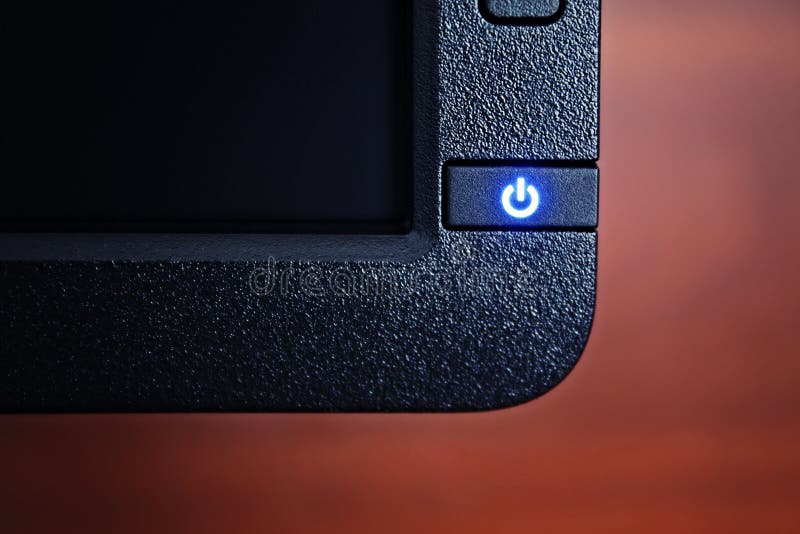


Power switch) but with many more options and much more control. Its effect is similar to the computer's hardware reset button (or It is often used to recover fromįreezes, or to reboot a computer without corrupting the filesystem. Kernel, which allows the user to perform various low-level commands The magic SysRq key is a key combination understood by the Linux The OS will check the filesystem automatically on boot but it is possible for this check to fail (or not be done correctly) and go unnoticed. Sometimes I will put the card in another machine and run e2fsck -f on the root filesystem, which is worthwhile. I've probably had to pull the cord on a pi (or had power fail) over a hundred times this way and can't recall ever having grief because of it. Again, this doesn't guarantee anything and there are unfortunate scenarios whereby the system may get locked up and filesystem syncing doesn't occur properly, but in most cases you should be okay. So, if it appears idle after watching it for 5-10 seconds and you have no other choice, go ahead and unplug the power. The operating system does cache filesystem information in memory, meaning it can be out of sync with the actual storage on the SD card, but this should be dealt with at least every few seconds (you might sometimes be able to infer this pattern from the ACT led). This is not necessarily true, but killing a system that is busy with CPU intensive activity (and not I/O) is not inherently a problem anyway.

If it is off, most likely the system is idle. Although it should be regarded as a last resort since it does increase the risk of filesystem corruption, unplugging the cord is usually okay if the green ACT light is not flashing intensely.īy default the ACT led shows I/O activity on the SD card.


 0 kommentar(er)
0 kommentar(er)
